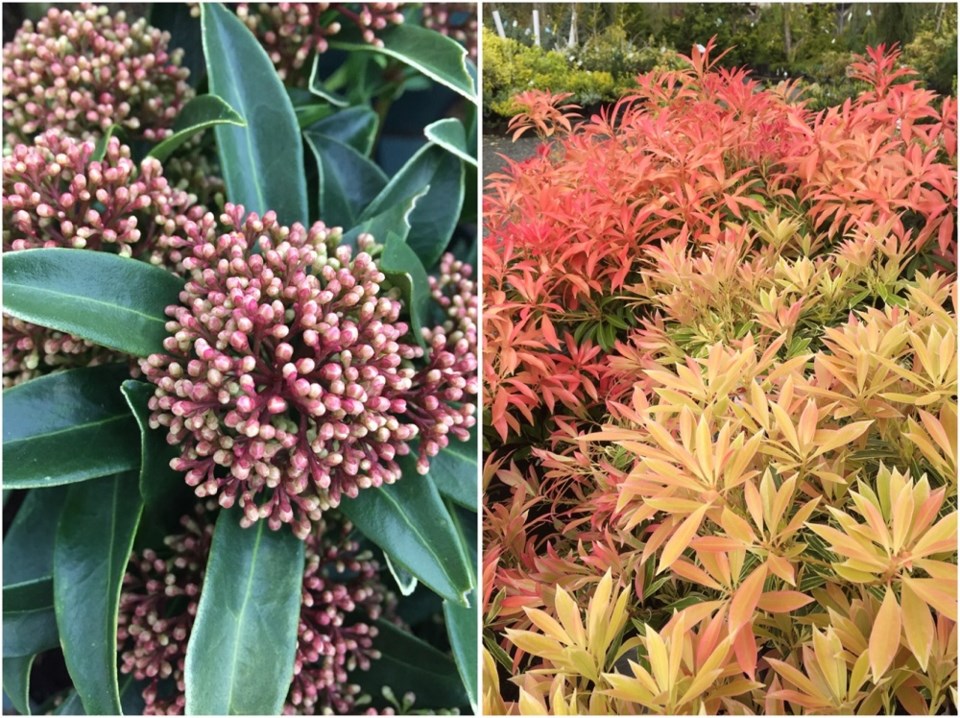Almost every garden has one; that shady spot we struggle with.
This is becoming even more of a gardening challenge after those cold winter winds did so much damage on the north and east sides of our homes.
Keeping our new weather extremes in mind, to be successful in our plantings we need to adopt a new strategy when landscaping today. It’s now more important than ever that plants are hardy to match our Zone 6 rating in the Valley, and they must also be tolerant of winter winds.
We all live in a micro-climate within our hardiness zone, but our elevation, and exposure to the full force of the wind can make a significant difference for plants. Getting some professional advice on various plants’ abilities to withstand the cold is also important.
One thing we often overlook is the quality of the planting area.
Light, open, porous soils, where plants have to work a little harder for moisture, makes them hardier in winter. Heavy clay soils need to be amended with fine fir or hemlock bark mulch or sawdust to become more porous and allow better drainage. Fine bark also helps encourage new root growth, so plants become established far more quickly and thus are better able to withstand both summer drought and winter cold spells.
Hostas, brunneras, astilbe, and anemones, for example, are all very hardy and cold tolerant, but as valuable as they are, they leave us with no winter colour.
I love the evergreen carex grasses, in their many colours of green and gold. Carex Everillo, White Everest, and creamy variegated Evergold provide vibrant colour all year round. They are also rated down to Zone 5.
Even the most reliable favourite, sarcococca or Himalayan Sweet Box, took a beating and may need to be pruned back severely. Skimmias however, both male and female, fared quite well over winter, and do maintain foliage colour all year. The many new varieties of leucothoe, like l. Rainbow and l. Scarletta, offer so much winter colour and perform beautifully year-round.
The best go-to, I think, is Pieris japonica. There are many forms, and they are all brilliant shade lovers. Pieris Mountain Fire is by far the hardiest, but for heavier shade areas the many variegated varieties, especially p. Flaming Silver, provide both winter colour and red new growth in spring.
Evergreen ferns are the new garden favourite, coming in many shades of green with hot lime green new growth in spring. Known as Alpine Wood fern, dryopteris wallichiana Jurassic Gold is particularly beautiful, with striking orange new foliage.
Since most of us must deal with some shade, while it is nice to have colour, it’s also important to only plant these areas with varieties able to handle our cold winter winds and temperatures.



